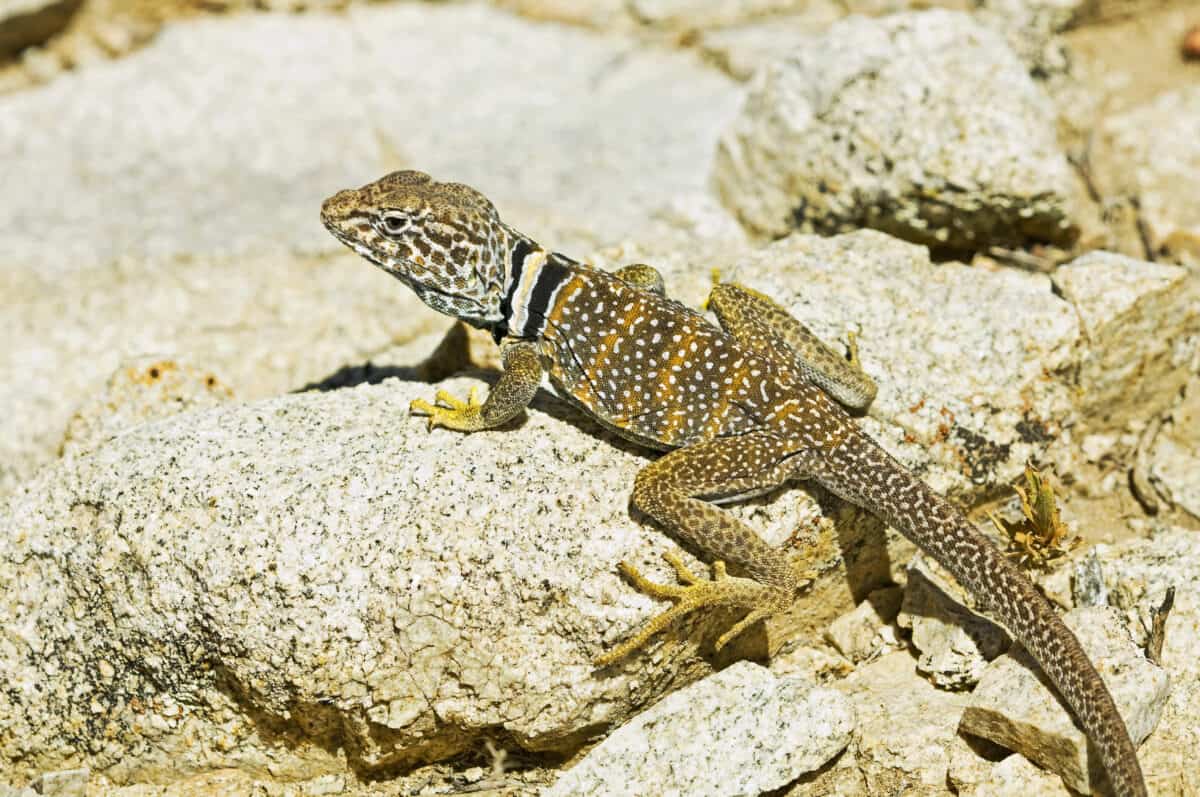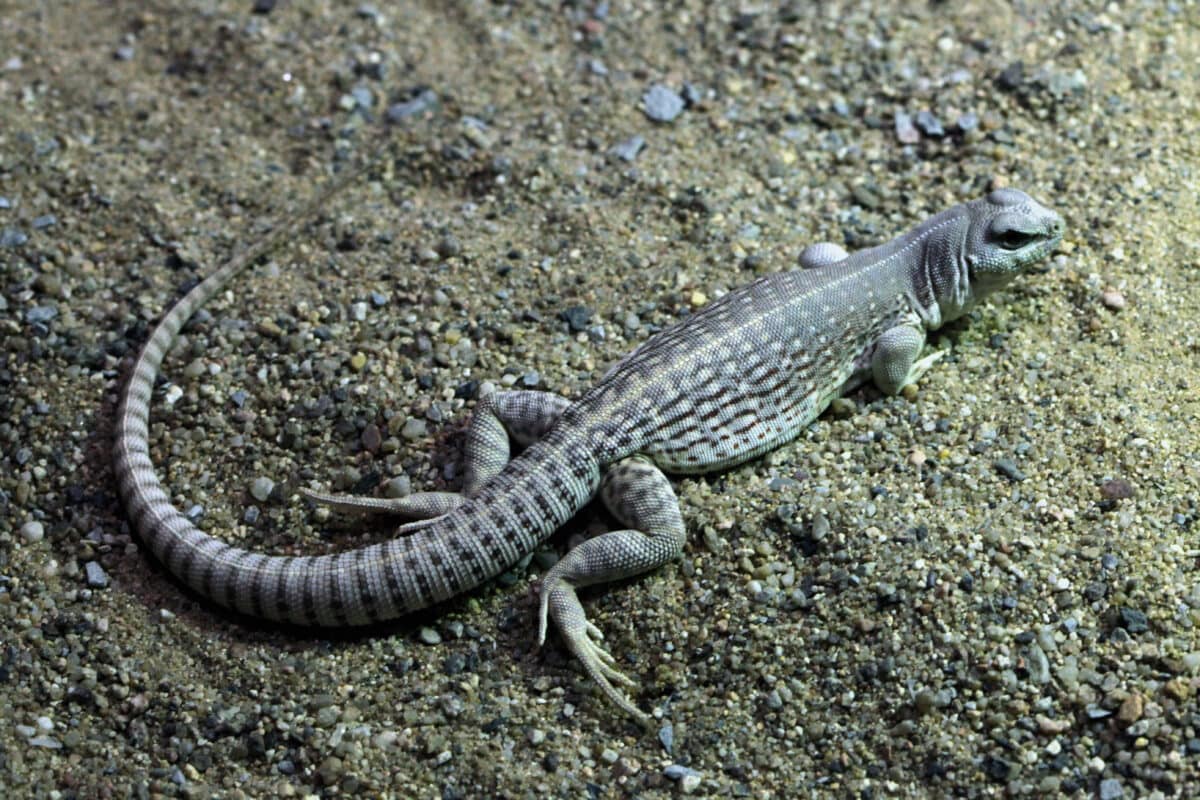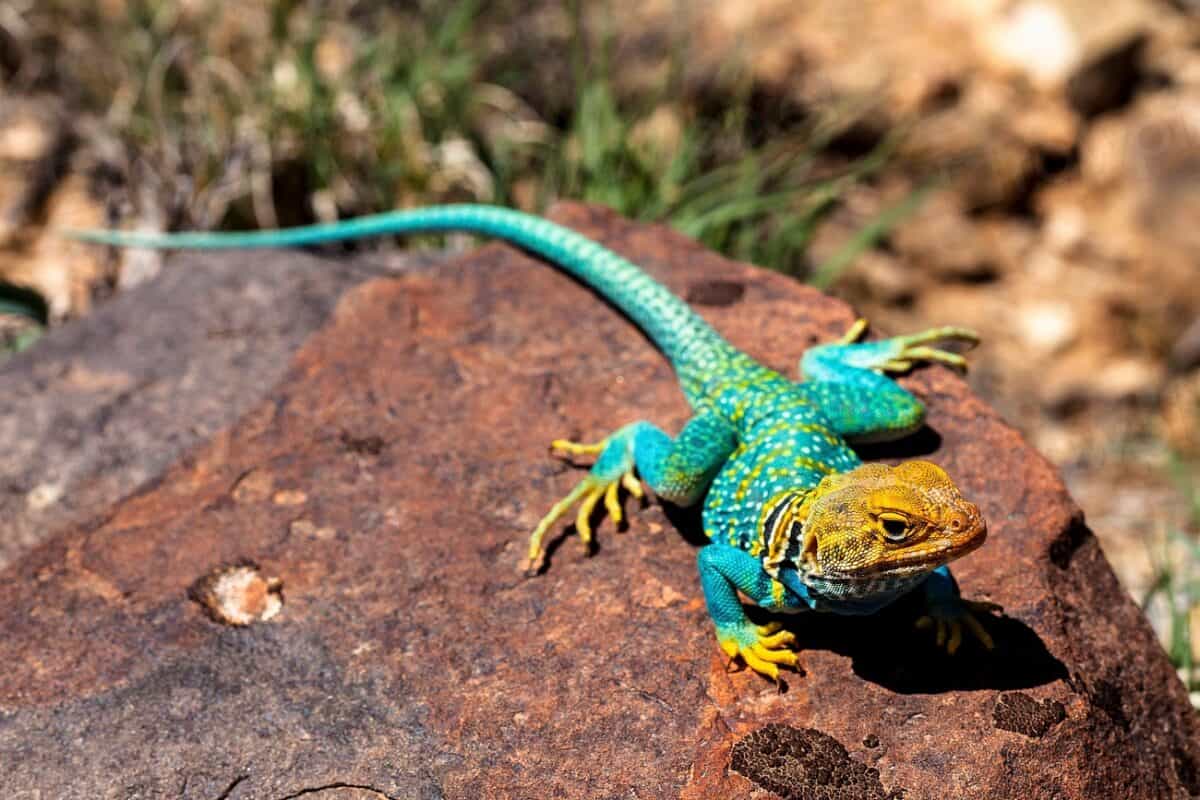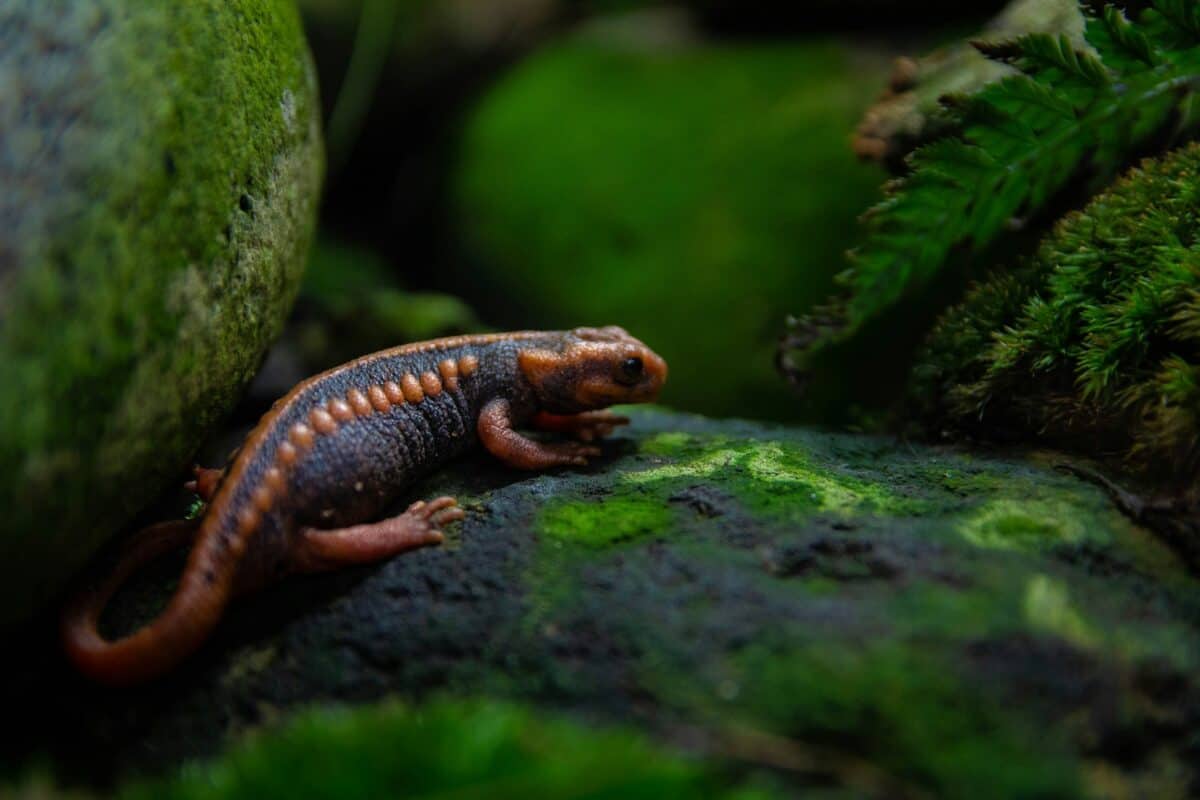The arid landscapes of the United States with their endless sands and rugged terrains may seem inhospitable to some, but to certain lizard species, these lands are a paradise teeming with life. These remarkable reptiles have evolved to thrive in such challenging environments, showcasing impressive adaptations and behaviors. This article explores the fierceness and resilience of these incredible lizards as they conquer the U.S. deserts, bringing to light their intriguing characteristics and ecological significance.
The Resilient Desert Ecosystem

The desert ecosystems of the United States, including the Mojave, Sonoran, and Chihuahuan, are surprisingly rich in biodiversity. Despite extreme temperatures and scarce water, these habitats support a varied range of flora and fauna. Among the most intriguing inhabitants are the numerous lizard species, each uniquely adapted to flourish in the harsh desert environment.
Adaptations for Survival

Desert lizards have developed an array of physical and behavioral adaptations that enable them to survive. These include specialized skin that minimizes water loss, burrowing to escape the heat, and nocturnal habits to avoid the scorching sun. These adaptations are key to their survival in the extreme conditions of the desert.
The Legendary Gila Monster

The Gila Monster is one of the most famous lizards found in the U.S. deserts. Known for its striking appearance and potent venom, it is the only venomous lizard native to the United States. Its slow-moving nature belies its ability to fend off predators and capture prey, making it a fierce competitor in the desert ecosystem.
The Agile Whiptail Lizard

Whiptail lizards exhibit remarkable speed and agility, which are essential for escaping predators and catching prey. Many species of whiptails are also known for their parthenogenetic reproduction, allowing them to reproduce without the need for males, a distinct advantage in sparse desert populations.
The Secretive Fringe-toed Lizard

Fringe-toed lizards have unique anatomical features that make them perfectly suited for life in sandy environments. Their fringed toes help them move swiftly over loose sand, and their coloration provides excellent camouflage against potential predators, making them a true marvel of desert adaptation.
The Remarkable Collared Lizard

Collared lizards are known for their impressive ability to run on their hind legs, reminiscent of tiny dinosaurs. This unique locomotion helps them cover ground quickly, whether fleeing from threats or pursuing prey. Their vibrant colors also play a role in communication and mating rituals.
The Resourceful Chuckwalla

Chuckwallas are large, herbivorous lizards that embody the laid-back desert lifestyle. They gorge on desert vegetation and take refuge in rocky crevices to regulate their body temperature. Their ability to inflate themselves as a defense mechanism is a testament to their resourcefulness in avoiding predation.
The Elusive Desert Iguana

Desert iguanas are often found in the creosote bush-dominated areas of southwestern deserts. They are well adapted to the heat, often remaining active during the hottest parts of the day when other animals take shelter. Their diet primarily consists of vegetation, highlighting their role in the desert food web.
The Resilient Horned Lizard

Horned lizards, often called “horny toads,” are known for their distinctive spiky appearance and remarkable defense mechanisms. Capable of squirting blood from their eyes to deter predators, these lizards demonstrate a fierce independent streak, making them one of the desert’s most iconic reptiles.
Conservation Status and Challenges

While desert lizards are masters of survival, they face numerous challenges, including habitat destruction, climate change, and human encroachment. Conservation efforts are critical to preserving these unique species and ensuring the health of desert ecosystems.
The Role of Lizards in Desert Ecology

Lizards play a vital role in desert ecosystems by controlling insect populations and serving as prey for larger animals. They are integral to the food web, and their presence reflects the overall health of their environment. Understanding their ecological role helps in crafting effective conservation strategies.
Engaging with Desert Lizards

For enthusiasts and researchers alike, engaging with desert lizards involves observing their behaviors and habitats with minimal intrusion. Ethical practices ensure that these magnificent creatures continue to thrive unimpeded. Public education and awareness are essential to support ongoing conservation efforts.
In summary, the fierce lizards of the U.S. deserts are a testament to the wonders of evolution and adaptation. Their ability to conquer one of Earth’s toughest environments is nothing short of extraordinary. By understanding and appreciating these resilient reptiles, we contribute to their conservation and celebrate the remarkable biodiversity of our world.
- 15 Tips for Managing Spider Infestations During Storm Season - August 8, 2025
- How Superstorms Have Reshaped Coastlines Over Time - August 8, 2025
- The Biggest Moose Ever Recorded in the US - August 8, 2025

